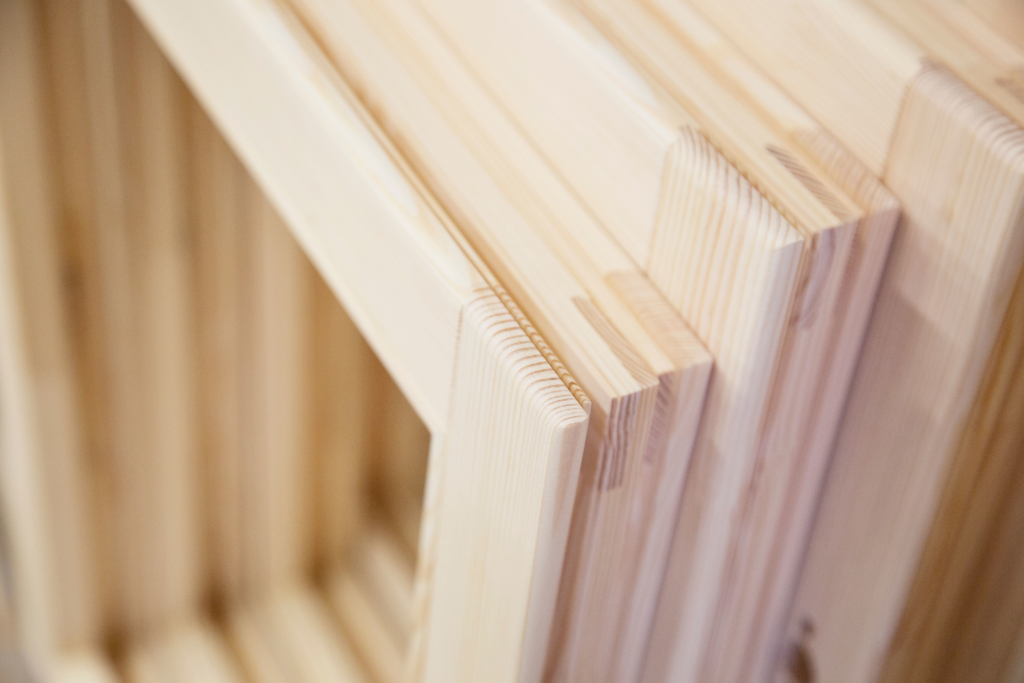One-Shot Powder Resin: what’s so good about it?

At Redwood, we field a lot of technical queries about adhesives. A recurring question concerns the use of One-Shot powder resins: “It’s such an old-fashioned product! I know it’s convenient, but I’m sure there’s a downside. Should I be using a different glue for my woodworking projects?”
One-Shot Powder Resins commonly branded as Cascamite, Anchor, Aerolite, Resintite, Polytite et al., are a synthetic glue made from urea formaldehyde (UF). As we saw in our previous blog, this handy chemical was first formulated in the 1880s and has been in commercial use since the 1930s. Besides its adhesive applications, it has been put to work in agrichemicals, foam insulating materials, textile treatments and other contexts.
Like other UF glues, one-shot is very water-resistant, making it particularly suitable for outdoor applications. (Many UK hobbyists will have first encountered it in model boat building.) It’s also easy to mix – just weigh out powder and stir in an appropriate quantity of water.
But the real advantage of this old favourite becomes visible at glue-up. One-shot is noticeably slow to set, making it a good choice for complicated projects. You may have an hour or more to fine-tune an assembly! If you need to speed up the cure, you can use an acid hardener, but one-shot fans will tell you that to do so is to negate the stuff’s major advantage.
One-shot offers woodworkers another significant plus in that, like other UF glues, it’s very creep-resistant. Your project is unlikely to slide out of alignment while you’re tweaking its fine points.
Those long cure times also translate into easy clean-up. A brisk scrub with hot water and an old toothbrush will totally remove any squeezed-out residue, provided you haven’t let it set it hard.
One-Shot in the balance
A final plus for one-shot is its suitability as a gap-filler, especially when mixed with sawdust, but this point shows up one of the downsides of the material, too. When fully set, it goes glass-hard and will take the edge off a sharpened chisel or plane.
Hardness isn’t the only drawback. Woodworkers will be aware that UF glues are generally less transparent than PVAs, resulting in a clearly-marked glue line. (That’s too bad, but most of your audience simply won’t notice this problem.)
A more significant objection is that, while one-shot is extremely reliable in damp environments, it is inclined to crumble when it dries out. Who wants furniture that won’t tolerate central heating?
Woodworkers will reach their own conclusions based on their own experiences and the plus and minus points set out above. If you find yourself in the ‘Yes to one-shot’ camp, note that long-term storage of one-shot powder can be a problem because of the material’s affinity for water. Storage in a tight-fitting bag is a better bet than a sealable jar.
Keep your powder dry…and keep calling Redwood with all your adhesive and treatment queries.
